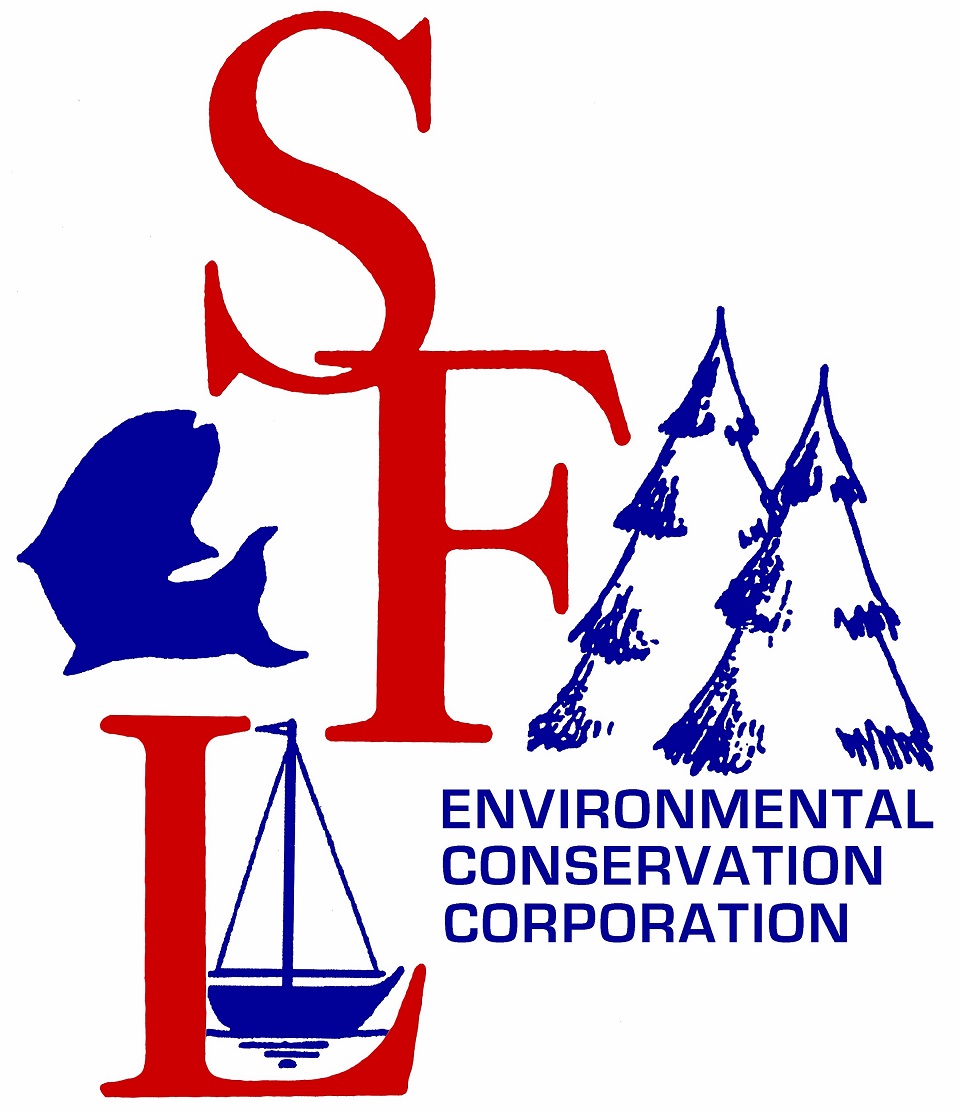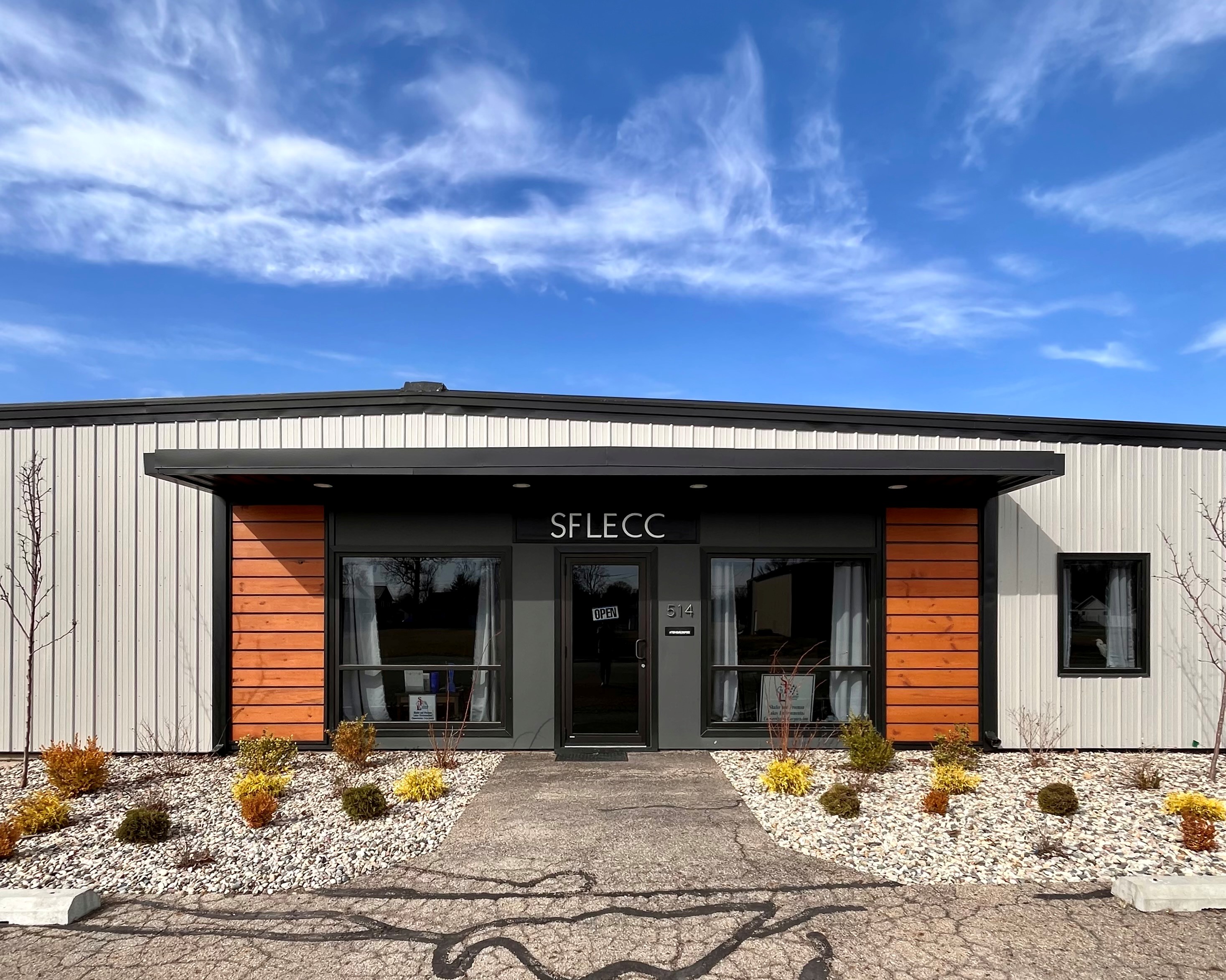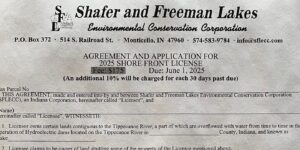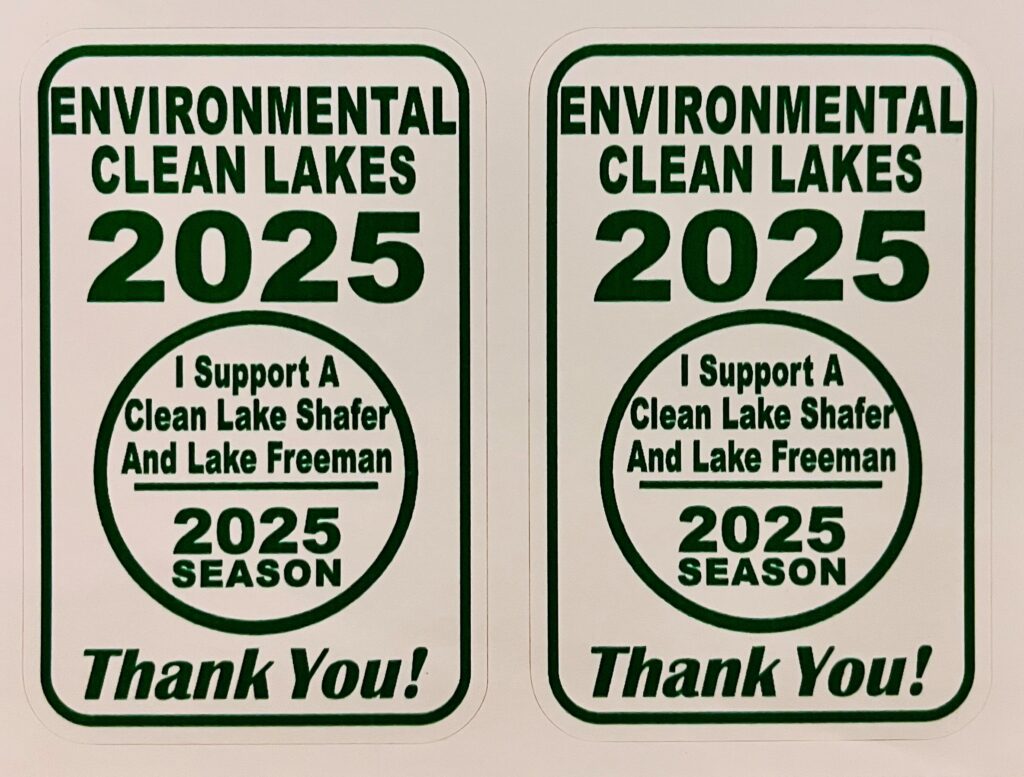SHAFER & FREEMAN LAKES ENVIRONMENTAL CONSERVATION CORPORATION
(SFLECC)
FOR IMMEDIATE RELEASE
MONTICELLO, INDIANA
DATE: October 11, 2017
CONTACT: Lee Kreul, President lkreul@comcast.net, 765 412-2984
On October 3rd the Washington, D.C. law firm of Smith, Currie and Hancock, attorneys for the Shafer and Freeman Lakes Environmental Conservation Corporation (SFLECC), filed a twenty-page letter with the Secretary of the Federal Energy Regulatory Commission (FERC) on behalf of SFLECC and its Coalition Partners. Who are classified as “interested parties” in the controversy between the US Fish and Wildlife Service (FWS) and FERC over Lake Freeman and Shafer water level controls. The letter contests the findings of the FWS Biological Opinion (BO) published on July 5, 2017. Copies of the SFLECC letter and the FWS Biological Opinion are available on the SFLECC web site at: www.SFLECC.org.
According to Lee Kreul, SFLECC President, “We have had discussion with FERC and FWS about dam control, lake levels and mussel mortality stretching as far back as 2012. Hopefully, the issue is coming to a conclusion very soon.” In the last three years SFLECC, its coalition partners, expert witnesses, and private citizens have strongly protested the operating rules for abnormal low flow water periods. The low water rules were originally requested by FWS in a Technical Assistance Letter (TAL) to FERC in 2014. This led FERC to order NIPSCO, under a new temporary license, to follow the FWS request.
“We (SFLECC) have filed countless documents with FERC containing expert scientific evidence and arguments urging FERC to understand the fallacy of the hydrological science behind the FWS TAL and to have the low water rules overturned”, said Kreul. Through their attorneys and in public meetings, SFLECC has continually cited the damages that have already occurred and they say that damages will continue if the use of the FWS TAL as the basis for dam control is not overturned.
In the letter SFLECC points to the testimony of expert witnesses who have determined that the FWS insistence on the use of linear scaling as the basis for dam control in low water conditions is not “the best science available” and ignores presented evidence to the contrary. Very significantly the SFLECC letter also attacks the legal foundation of FWS intervention into dam control stemming from FWS own statements in their Final BO that the FERC Staff Alternative for operational changes in dam operations “are not likely to jeopardize the continued existence of the clubshell, fanshell, sheepnose or rabbits foot mussels and is not likely to destroy or adversely modify designated critical habitat ”.
The latest FWS statement now appears to be a reversal of their earlier position and brings into question the legality of FWS to dictate dam operational measures to FERC. SFLECC attorneys argue that since the FWS final Biological Opinion states that harm to endangered mussels and their habitat is “not likely” to occur if the FERC Staff Alternative are put in place; then FWS has no legal authority under the Endangered Species Act and under the FWS “not likely” statement to seek to impose their own formula for dam operations. Further, that it is FERC, not FWS, who legally have the right to determine whether to proceed and in what manner, not FWS.
FERC published its own Opinion in August of this year. FERC’s findings essentially agree with and resemble the SFLECC findings and recommendations for changes in dam operations during abnormal low flow periods (ALF). Meanwhile FWS is holding to the position it established in 2014 that the TAL offers the best methodology for avoiding harm to endangered mussels.
Procedurally FWS and FERC are nearing the end of the list of federally recommended actions for resolving regulatory disagreements between Federal agencies. The decision now clearly rests with FERC. The FERC commissioners will have to decide whether to (1) make permanent the temporary NIPSCO license as is; or (2) cancel the temporary license and Introduce new regulations as promulgated by FERC staff. If the FERC Commissioners vote to adopt the FERC Staff Alternative, then future lake levels will remain at normal levels during dry periods and will not be lowered as they were in August 2014 and August 2016 to satisfy FWS demands.
The temporary license has allowed NIPSCO to comply with the TAL without fear of violating the Endangered Species Act. The new procedures recommended by the FERC staff call for NIPSCO to shut down power production during ALF events and operate the dams as to provide constant lake levels, even during ALF periods. FERC maintains the position that the new procedures would establish natural river flow during ALF periods and are “not likely” to result in harm to the mussels and thus not violate the Endangered Species Act.
OTHER CONTACT INFORMATION FOR SFLECC
John Koppelmann, Lake Levels Task Force Chair john@johnsellshomes.com 574 583-3171
Gabrielle Haygood, Executive Director info@sflecc.com 574 583-9784
ABOUT SFLECC – The Shafer & Freeman Lakes Environmental Conservation Corporation was formed in 1994 to take title to Lake Freeman and Shafer shorelines and other nearby properties owned by NIPSCO. It is a non-profit corporation whose Articles of Incorporation state its mission is “to promote environmentally sound use of Lake Shafer and Lake Freeman. The corporation will conduct itself in a way to protect and enhance the environment and the water quality of these lakes in order to facilitate public recreational use. The Corporation will accomplish this purpose through various activities, including but not limited to, the issuance and administration of permits for the use of shoreline property, the testing of the water quality, monitoring shoreline quality and ensuring continued public access.” The SFLECC Board of Directors meets at 7:00PM on the third Thursday of each month at the IU White Memorial Hospital. Meetings are open to the public.



